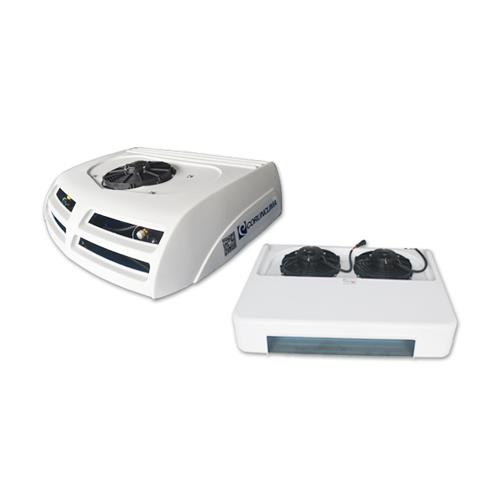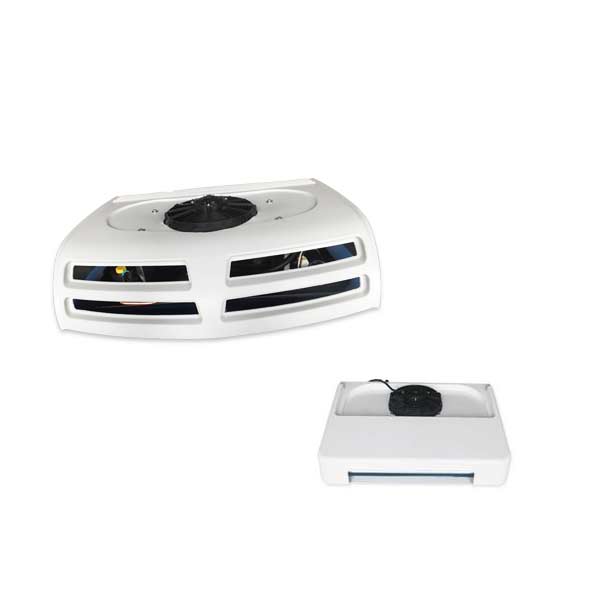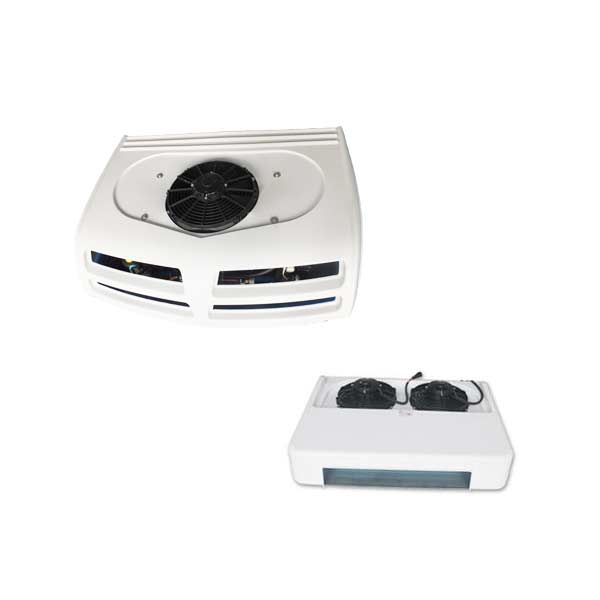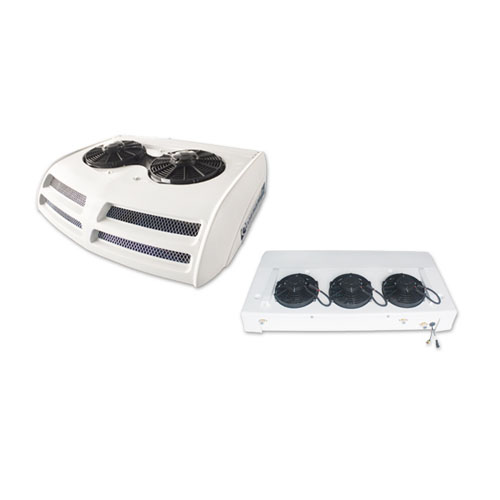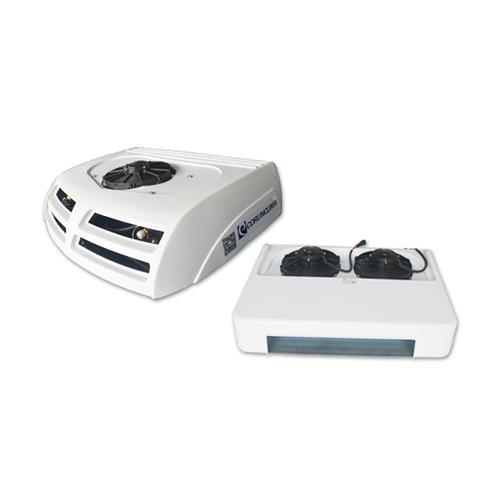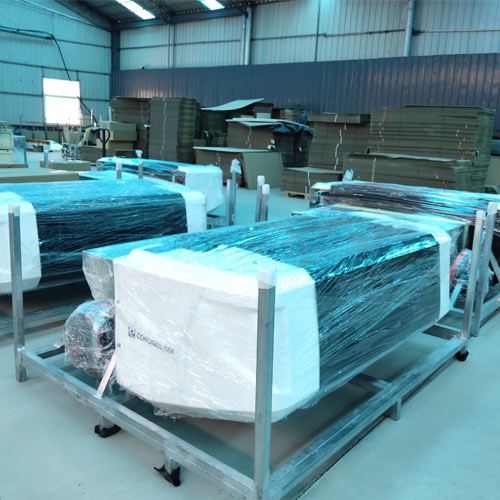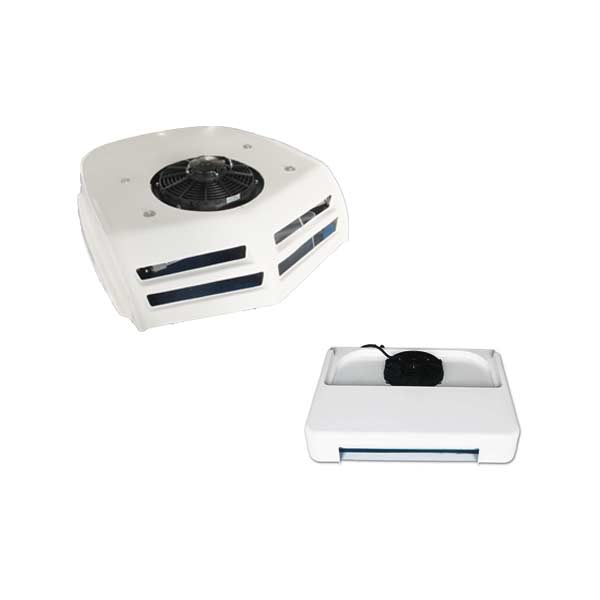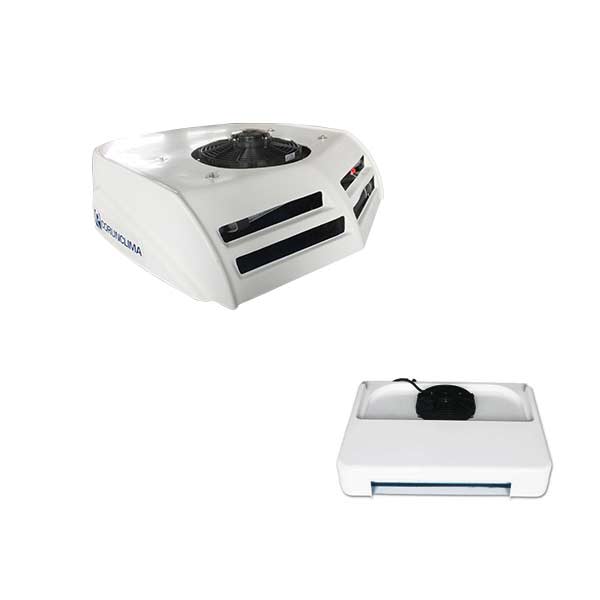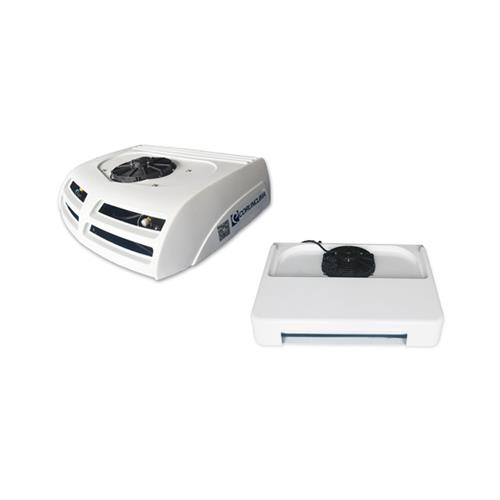The air conditioning system of the transport refrigeration unit mainly uses fluorine as the medium, and the purpose of refrigeration is achieved by the change of system pressure. It consists of an evaporation tank, an expansion valve, a compressor, a blower, a condenser, a drying tank, and a line. When the air conditioning system is working normally, the evaporation box works in a cold environment, and the opposite hot air will generate water, which is also the reason for designing the water pipe in the evaporation box structure; the humid environment of the evaporation box and the ventilation pipe And the dust on the surface provides a breeding ground for the breeding of mold and fungi. Molds and fungi will quickly proliferate into mold and fungus masses, producing rot and odor of the organism. These odors will be mixed with air-conditioning during the opening of the air conditioner. The inside of the entire car often makes the driver feel uncomfortable. Seriously, it can cause discomfort such as dizziness and chest tightness. It is commonly known as "air conditioning disease."
In order to solve this problem in the repairing industry, it is often necessary to disassemble the evaporation box and clean the surface of the evaporation box to achieve the purpose, which can fundamentally eliminate the odor. However, each time it is disassembled, a series of processes such as fluorine, installation and fluorine addition are required, which is troublesome, technically difficult, and labor inefficient. Because the evaporation box often works in a humid environment, and the humid environment is prone to mold, the air conditioner that has just removed the mold may have an odor over time.
In addition, the common problems in the air conditioning system of transport refrigeration units are poor cooling and slight leakage of fluorine, which also adds a lot of difficulty to maintenance.


